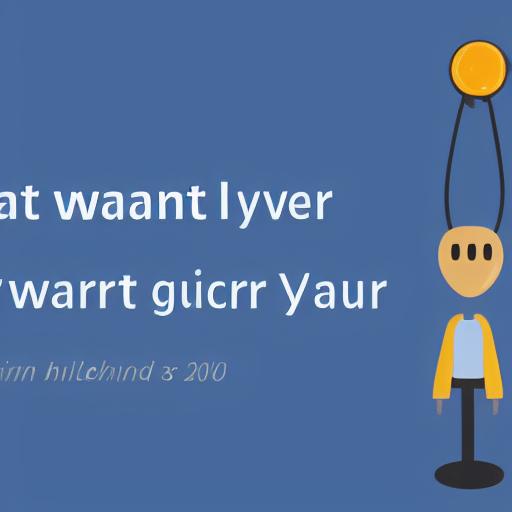Launching the Top 5 Generative AI Innovations for AI Horizon 2023
The year 2023 marked the breakout of generative AI, evoking reactions ranging from awe and excitement at the possibilities to fear and trepidation across industries about the potential displacement of human jobs. Nevertheless, 2023 witnessed a flurry of AI-related announcements, including Google’s Gemini language model, Microsoft’s Bing Chat, Elon Musk’s Grok AI, and OpenAI’s GPT-4 language model. Here, we examine the top 5 AI product launches of 2023:
1. Bard AI: Possibly caught off guard by the rapid advancements in generative AI technology, Google hastily introduced Bard as an “early experiment”—a chatbot of its own. Later in the year, Google added a more powerful language model called Gemini to its AI chatbot, as part of its ongoing efforts to enhance its capabilities. Additionally, the company announced that its Bard AI chatbot would be further strengthened by the inclusion of the Gemini Ultra language model.
2. Bing Chat: Shortly after the debut of Bard AI chatbot, Microsoft unveiled its own generative AI-powered product. The new tool, dubbed Bing Chat, comes deeply integrated with Microsoft’s Bing search engine. Despite initial mixed reactions to the chatbot, Microsoft continued to introduce new features to Bing Chat, including support for the GPT-4 language model, image generation capabilities powered by OpenAI’s DALL-E, and, in a recent development, the rumored ability to compose songs.
3. GPT-4: Arguably one of the most significant AI releases of the year was the GPT-4 language model, the successor to the GPT-3.5 model that served as the foundation of ChatGPT. At the time, OpenAI claimed that ChatGPT, powered by GPT-4, performed on par with humans across a range of professional and academic writing tasks. Additionally, according to the company, GPT-4 demonstrated improved creativity, higher reliability, and the ability to follow instructions with much greater nuance than its predecessor. However, OpenAI’s latest language model was only accessible through a $20/month ChatGPT Plus subscription. Later in the year, OpenAI unveiled GPT-4 Turbo, a notable improvement over its predecessors in terms of context window size. As per OpenAI, GPT-4 Turbo can accommodate over 300 pages of text in a single prompt.
4. DALL-E 3: In September, OpenAI decided to up the ante with DALL-E, its text-to-image generating program. The company claimed that with DALL-E 3, users could “craft amazing prompts” and “bring their ideas to life,” as it now featured seamless integration with ChatGPT. However, similar to GPT-4, DALL-E 3 was initially limited to the company’s premium subscribers with a ChatGPT Plus subscription. Nonetheless, Bing Chat soon made the new technology available for free.
5. Grok AI: In an attempt to compete with the likes of Google and OpenAI, Elon Musk finally took the plunge and founded his own artificial intelligence startup, xAI. Grok, xAI’s first chatbot, was inspired by The Hitchhiker’s Guide to the Galaxy and aimed to answer queries with a touch of humor and wit. Grok stands out from other chatbots in the market as Elon Musk’s Gen AI service, utilizing data from the X platform to provide it with real-time knowledge of the world.




